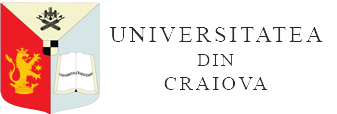QUANTITATIVE ANALYSIS OF ANTIOXIDANT COMPOUND CLASSES IN VEGETATIVE ORGANS OF BITTER GOURD (MOMORDICA CHARANTIA L.)
DOI:
https://doi.org/10.52846/bihpt.v28i64.91Keywords:
Momordica charantia,, antioxidants,, chlorophyll carotenoids,, phenolic compounds,, ascorbic acidAbstract
Bitter gourd (Brâncuși cultivar) stems, tendrils and leaves from local production were studied for their content in some classes of nutritive compounds. Chlorophyll, carotenoids (total, β-carotene and lycopene), phenolic compounds (total, flavonoids, anthocyanins, tannins) and ascorbic acid were determined.
Vegetative organs of M. charantia were found to contain high amounts of chlorophyll (1,643 mg/kg DW in leaves). The total carotenoid content was 176-386, with the highest amounts in leaves. While β-carotene was dominant in the stems (177 mg/kg), the other vegetative organs had significant amounts of lycopene (67 mg/kg in leaves).
The total phenolic inventory ranged from 6,283 in leaves to 9,657 in stems. Flavonoids were dominant, by 50-70%, with the highest amounts in stems. Of these, 501-997 mg/kg were anthocyanins. Tannins constituted 8.1-9.3% of the phenolic inventory.
Ascorbic acid concentration ranged between 1,7134 and 2,691 mg/kg, with the highest values in tendrils.
In conclusion, vegetative organs of M. charantia can be a valuable source of phytochemicals.


